Crossing the Gender Boundary with Helicopter Stories
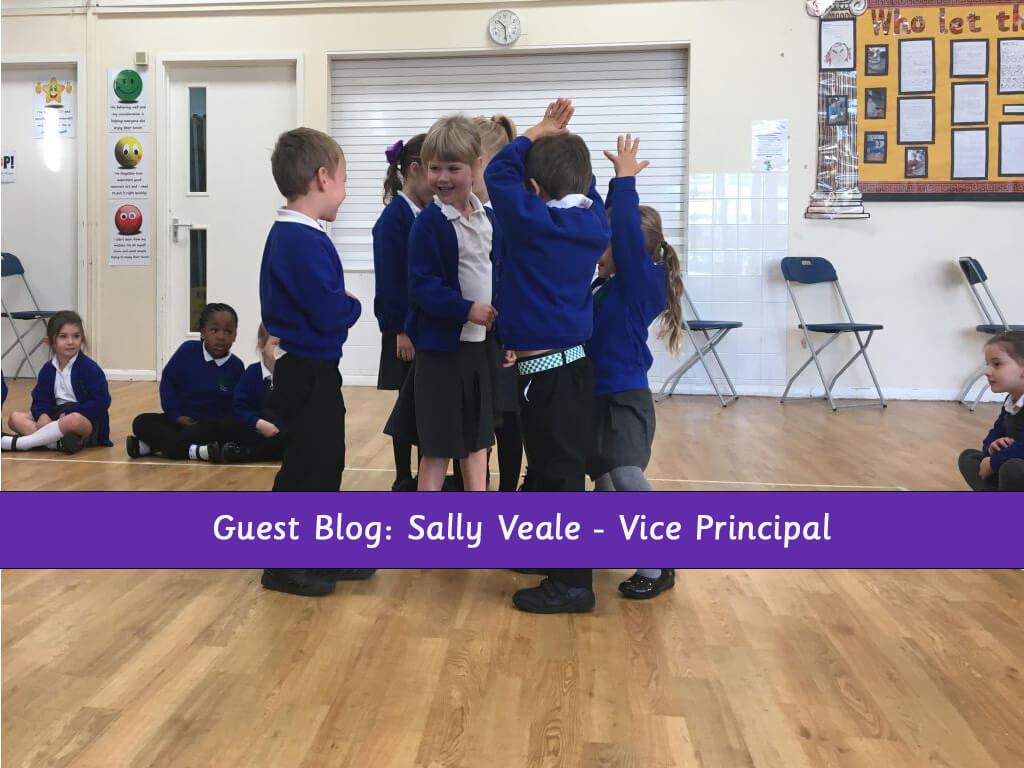
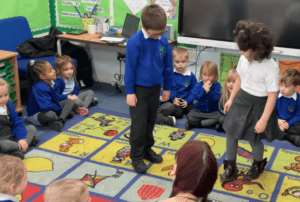
I am in the very privileged position of being a school-based Helicopter Stories practitioner at Ash Grove Academy in Macclesfield, as well as a MakeBelieve Arts Helicopter Stories Champion. I have been using Helicopter Stories with children for nearly 5 years now, and the issue of children ‘crossing the gender boundary’ in their story acting has come up in nearly every cohort I have worked with.
The first time I really became aware of it was when the Disney film, ‘Frozen’, was still a big deal. Many of the private stories told by girls involved Anna and Elsa. Each girl in our acting circle would happily stand up, lift the sides of her imaginary skirt and, along with her magical sister, begin the fantasy of building their snowman or forging a palace out of ice. Some of the boys, whilst more than happy to be the snowman, the ice giant or even the reindeer, were less than keen on being the princesses.
This reluctance to play a role of the opposite gender could not be said of the girls. There were very few (if any) occasions when the girls refused to play a Dad, a Fire Fighter, a Footballer or a Power Ranger-Superhero-Ninja in anybody’s story.
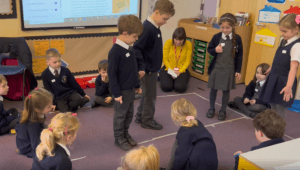
At the time, being relatively new to the approach, I stayed true to the belief that the children had every right to refuse participation in the story acting. I just needed to make sure I never stopped inviting them on to the stage. However, the boys who were saying ‘no’ to Anna or Elsa weren’t refusing because they didn’t want to take part – this was proven by the fact that they were happy to take on a range of other roles on the stage. They were refusing because, for whatever reason, they were not prepared to play female characters in front of their classmates.
This presented some interesting questions for me. Was this stage a place where girls could take on roles they often felt socially excluded from but, conversely, were there were issues of peer-pressure for the boys?
These boys were quite happy to dress up in the privacy of the role play area and pretend to be animals in the Amazon jungle or dancers in the Rio Carnival, but they were not comfortable crossing the gender boundary on our make-shift stage. I decided that, if things were ever going to change, I needed to tackle this issue head-on.
As the children sat down around the stage for the next set of stories, I asked them how they might pretend to be a mouse. The children came up with a huge range of imaginative suggestions, from how a mouse might move to the noises it might make and even how it might curl up to go to sleep.
I then extended this idea to pretending to be various fantasy characters – giants, dragons and superheroes – all with similarly broad and creative responses. When our Story Acting session officially began, I chose to use the word ‘pretend’ much more explicitly for each character that came on to the stage:
- Can I see you pretending to be a tiger?
- Can I see you pretending to buy an ice-cream?
- Can I see you pretending to be Anna….?

Amazingly, it worked. One of the more confident boys took a leap of faith and stood up ready to ‘pretend’ to be a little girl, the sister to the story-teller’s main character. I heaped on the praise and congratulated him on his excellent skills at ‘pretending’, and as a result several other hesitant boys became willing to cross the gender boundary for the first time and receive the same praise and recognition. This is proof to me that Helicopter Stories allows all children to explore what it means to ‘be a boy’ or to ‘be a girl’ in the safe space of storytelling and story acting.
It gives girls the opportunity to be recognised for their baddie-defeating ninja skills, their ability to drive a police car in a high-speed chase or to dribble a football across the stage, whilst also giving boys the chance to know how it feels to be Pocahontas or a princess, a sister or a mum. This is one of the many strengths of the Helicopter Stories approach. Every day, we learn how to be more, how to be better, and as practitioners we have the pleasure of sharing this learning from the children we work with in our settings. As Thomas so eloquently put it, when he stood up to be a fairy-unicorn last week,
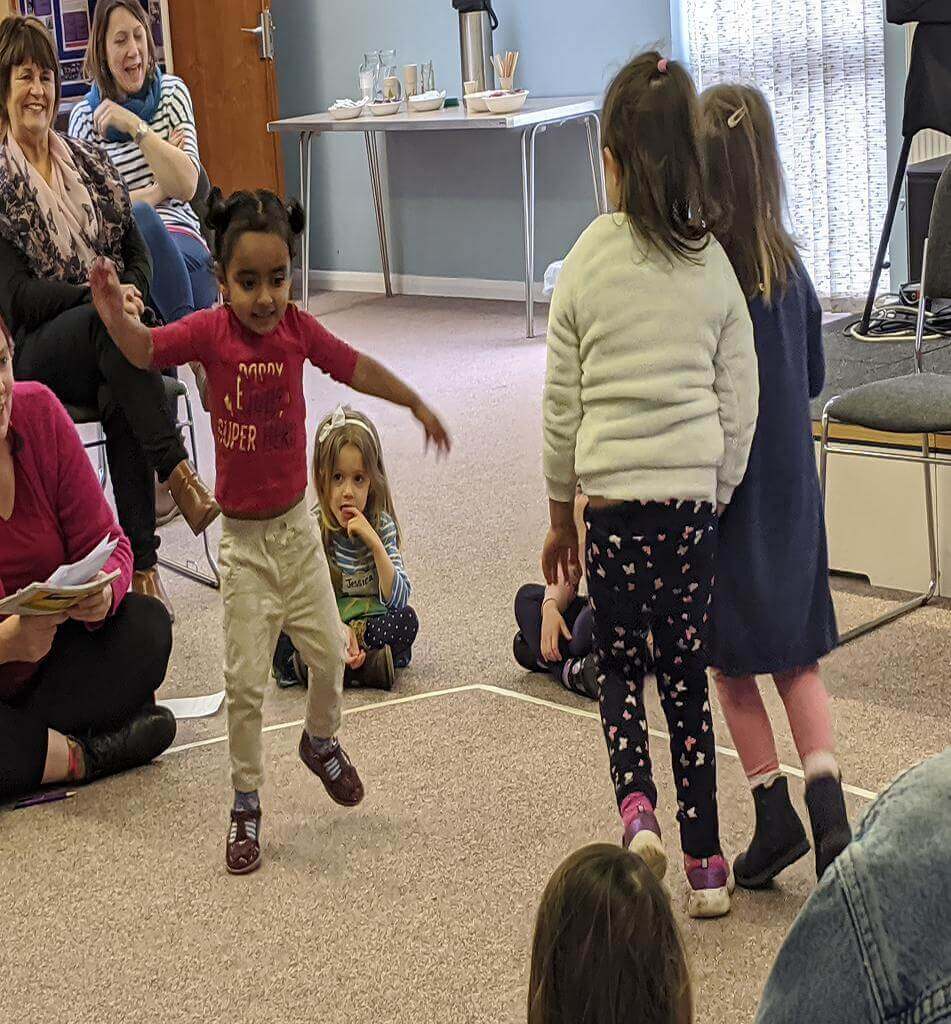
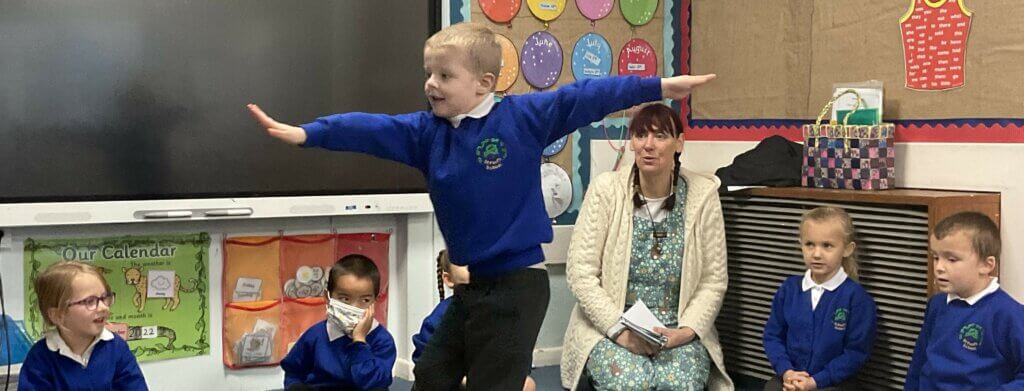
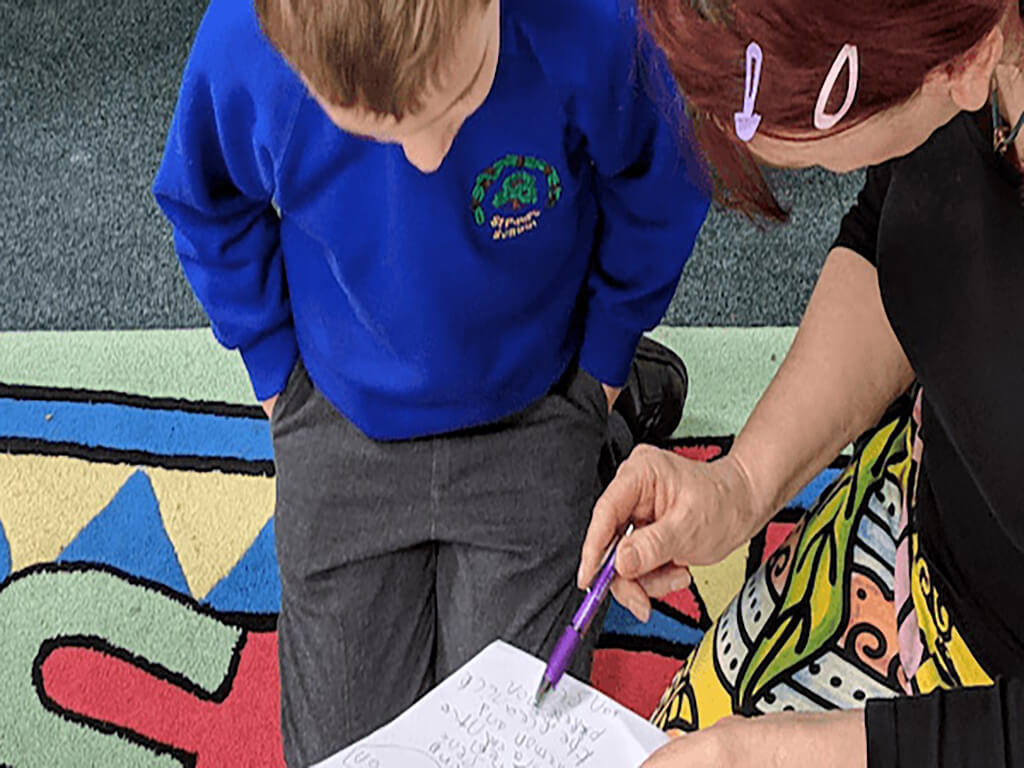
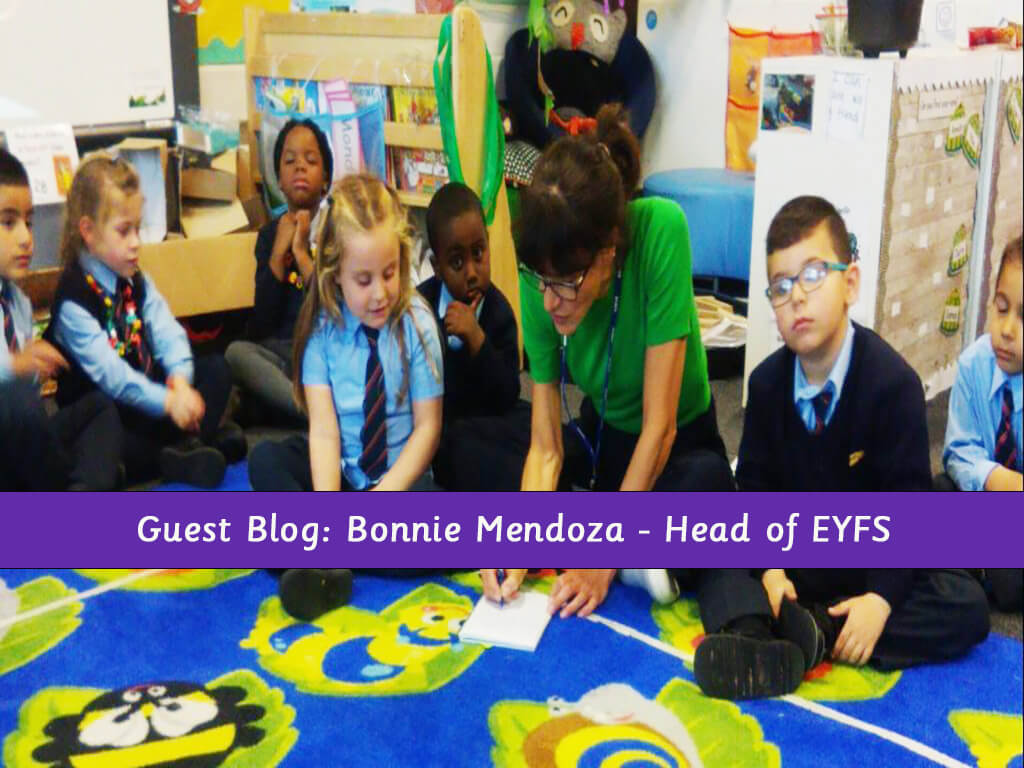
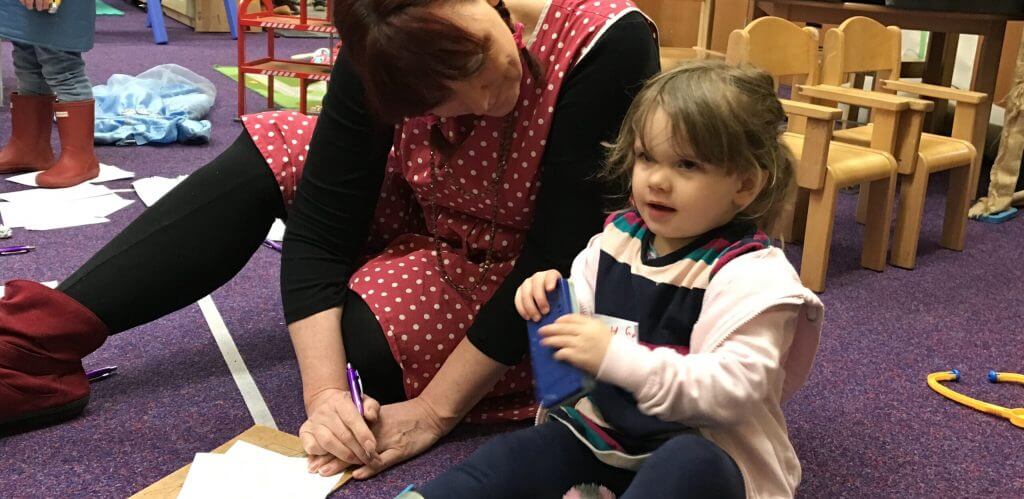

Responses